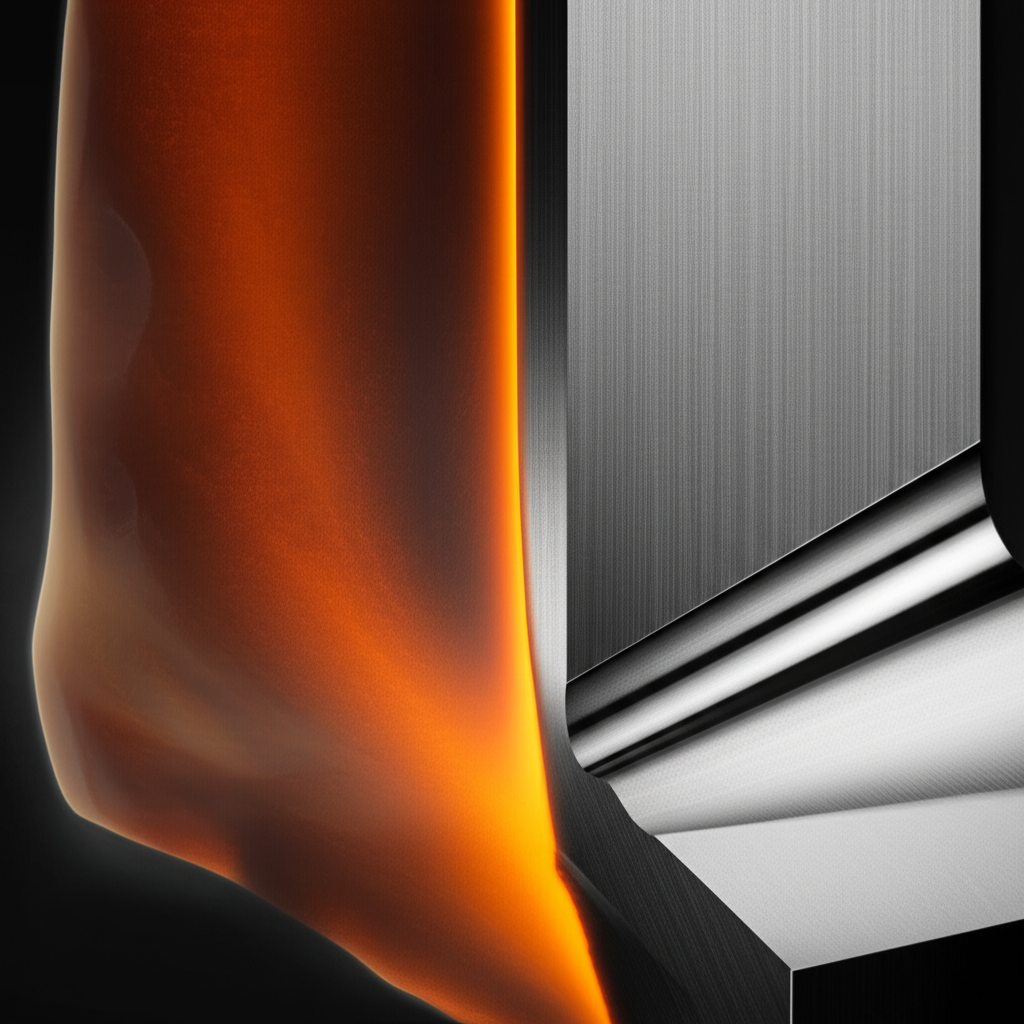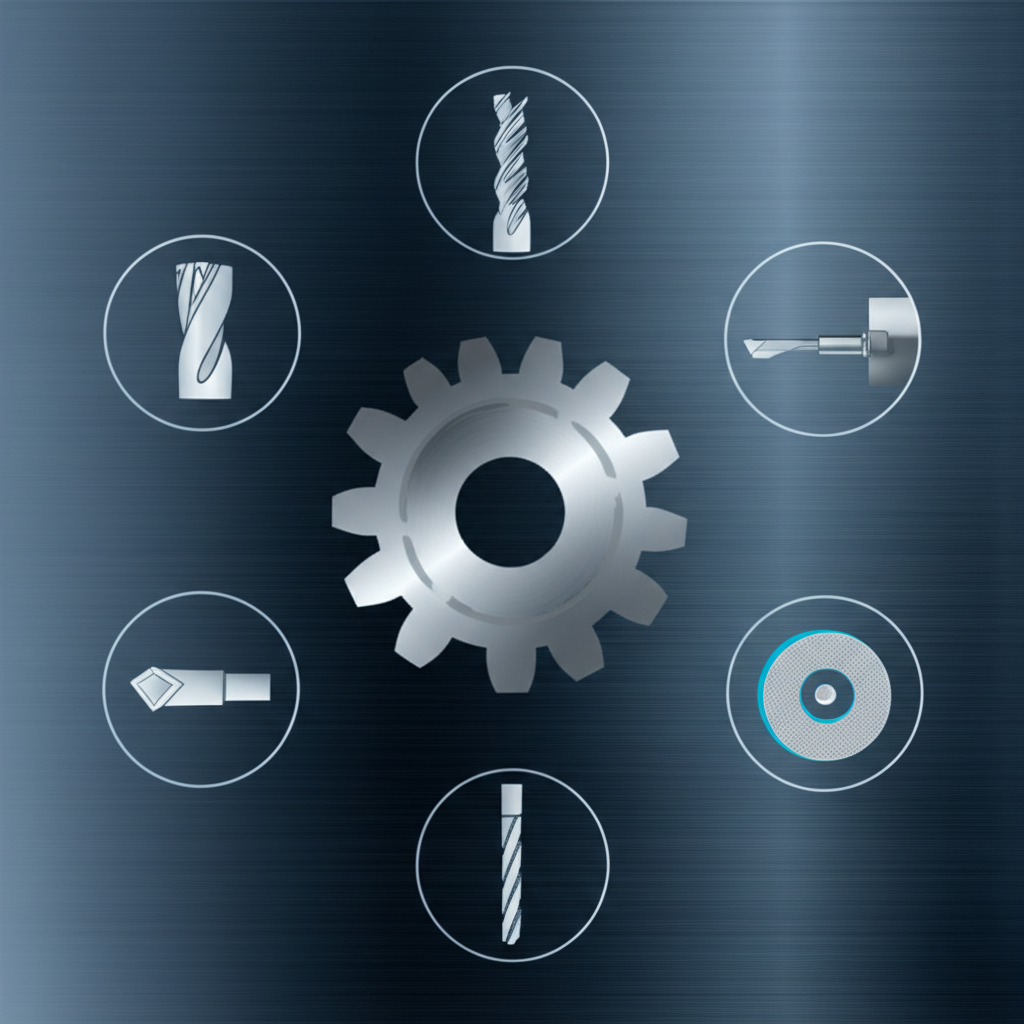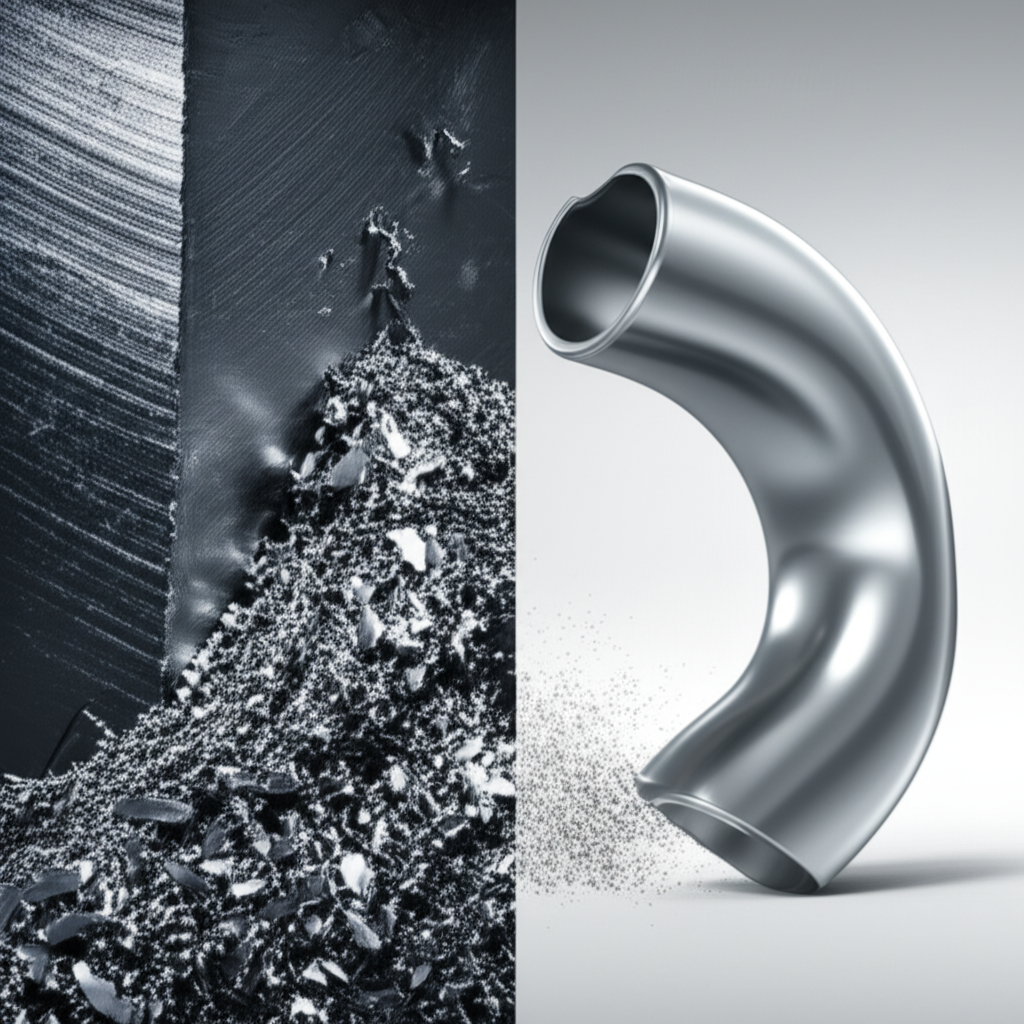Achieving Precision: Secondary Machining for Forged Parts

TL;DR
Secondary machining operations are crucial post-forging processes like milling, turning, and grinding. They refine near-net-shape forged parts to achieve tight dimensional tolerances, superior surface finishes, and complex features that forging alone cannot produce. This hybrid approach effectively combines the inherent strength of a forged component with the high precision of machining.
Defining Secondary Machining in the Forging Context
In manufacturing, the forging process is prized for creating parts with exceptional strength and durability. By applying compressive forces to a piece of metal, forging shapes the part while refining its internal grain structure. This results in a component, often called a "near-net-shape" forging, that is close to its final form but lacks the precision required for many applications. This is where secondary machining operations for forged parts become essential.
Secondary machining is a subtractive process performed after the primary forging operation. It involves the controlled removal of material to bring the component to its exact specifications. While forging provides the foundational strength, machining delivers the final accuracy. According to Princeton Industrial, these operations are performed to improve a part's physical appearance or tolerances. Without this step, features like threaded holes, smooth mating surfaces, and precise diameters would be impossible to achieve on a forged component.
The distinction between the primary forging and secondary machining is fundamental. Forging is about shaping and strengthening the bulk material, whereas machining is about refinement and precision. The near-net-shape part from the forge serves as a high-strength blank, minimizing the amount of material that needs to be removed in subsequent steps, which is a key advantage over machining a part from a solid block of raw material.
Common Types of Secondary Machining Operations
Once a part has been forged, a variety of secondary machining and finishing operations can be applied to create the finished component. The specific processes used depend on the part's design, material, and final application requirements. These operations range from cutting and shaping to surface treatments that enhance appearance and durability.
Here are some of the most common secondary operations performed on forged parts:
- Milling: This process uses rotating cutters to remove material from a workpiece. It is used to create flat surfaces, slots, pockets, and other complex three-dimensional features on a forged part.
- Turning: In turning, the workpiece rotates while a stationary cutting tool shapes it. This is ideal for creating cylindrical parts, grooves, and tapered surfaces with high precision.
- Drilling: A fundamental operation, drilling creates holes in the forged component. These holes can then be further refined by tapping (to create threads) or reaming (to achieve a precise diameter).
- Grinding: Grinding uses an abrasive wheel to achieve very fine surface finishes and extremely tight tolerances. It is often one of the final steps to produce a smooth, high-precision surface on critical areas of the part.
- Shot Blasting: This is a finishing process where small metallic beads are blasted against the surface to remove forging scale, clean the part, and impart a uniform matte finish.
- Plating and Anodizing: To improve corrosion resistance, wear resistance, or aesthetics, forged parts can be coated with other metals (plating) or have their surface oxide layer thickened (anodizing, for aluminum).

The Strategic Importance: Why Forged Parts Require Machining
The decision to use a combined forging and machining process is a strategic one, balancing the unique advantages of each method. Forging delivers unparalleled strength by aligning the metal's grain flow to the part's contour, creating a component that is significantly more resistant to impact and fatigue than its machined-from-billet counterpart. However, the forging process itself cannot achieve the tight tolerances and intricate features demanded by modern engineering.
Secondary machining bridges this gap, providing the necessary precision. Many components require tolerances measured in microns, perfectly flat mating surfaces, or complex internal geometries—all of which are the domain of CNC machining. By starting with a near-net-shape forging, manufacturers reduce the amount of machining required, which saves time, reduces tool wear, and minimizes material waste. For industries like automotive, where performance is critical, specialized providers are essential. For example, companies like Shaoyi Metal Technology focus on high-quality hot forging for automotive components, managing the entire process from die manufacturing to the final part, ensuring both strength and precision.
The alternative, machining a component entirely from a solid block of metal (billet), is often less efficient. It cuts through the material's natural grain structure, potentially compromising its mechanical strength. Furthermore, it generates a significant amount of scrap material, which can be very costly, especially when working with expensive alloys.
| Aspect | Forging + Secondary Machining | Machining from Billet |
|---|---|---|
| Strength & Durability | Superior due to aligned grain flow | Good, but grain structure is severed |
| Material Waste | Low (near-net-shape) | High (significant scrap/chips) |
| Production Speed (High Vol.) | Faster per-part cycle times | Slower due to extensive material removal |
| Tooling Cost | High initial investment for dies | Low initial investment |
| Ideal Application | High-stress components in high volumes | Prototypes, low-volume parts, complex geometries |
Benefits of Combining Forging with Secondary Machining
The hybrid approach of forging followed by secondary machining offers a powerful combination of benefits, resulting in components that are superior in both performance and, often, overall cost-effectiveness for high-volume production. This method leverages the best of both worlds to meet demanding application requirements.
-
Enhanced Strength and Durability
The primary advantage comes from the forging process itself. The refined, continuous grain structure of a forged part provides exceptional tensile strength, impact toughness, and fatigue resistance that cannot be replicated by casting or machining alone. This makes the final component more reliable and durable under extreme stress.
-
High Precision and Geometric Complexity
While forging creates the strong foundation, secondary machining delivers the final form and fit. This step allows for the creation of intricate features, threaded holes, and smooth surfaces with tolerances as tight as ±0.01 mm, ensuring parts function correctly within complex assemblies.
-
Reduced Material Waste and Cost
Starting with a near-net-shape forging significantly reduces the volume of material that needs to be machined away compared to starting with a solid billet. This not only cuts down on material costs but also reduces machining time and tool wear, leading to greater efficiency in high-volume production runs.
-
Superior Surface Integrity
Unlike castings, which can suffer from internal porosity or voids that become exposed during machining, forged parts have a solid, homogenous structure. This ensures a clean, defect-free surface after machining, which is critical for performance and for subsequent finishing processes like anodizing.

Frequently Asked Questions
1. What is a secondary machining process?
A secondary machining process is any operation performed on a part after a primary forming process like forging or casting. Its purpose is to refine the part by removing material to achieve final dimensions, add precise features, or improve the surface finish.
2. Are forged parts stronger than machined parts?
Yes, parts forged to a near-net shape are typically stronger than parts machined from a solid block of the same material. The forging process aligns the metal's internal grain structure with the shape of the part, which significantly increases its strength, toughness, and resistance to fatigue. Machining cuts across these grains, which can compromise the part's ultimate strength.
 Small batches, high standards. Our rapid prototyping service makes validation faster and easier —
Small batches, high standards. Our rapid prototyping service makes validation faster and easier — 
